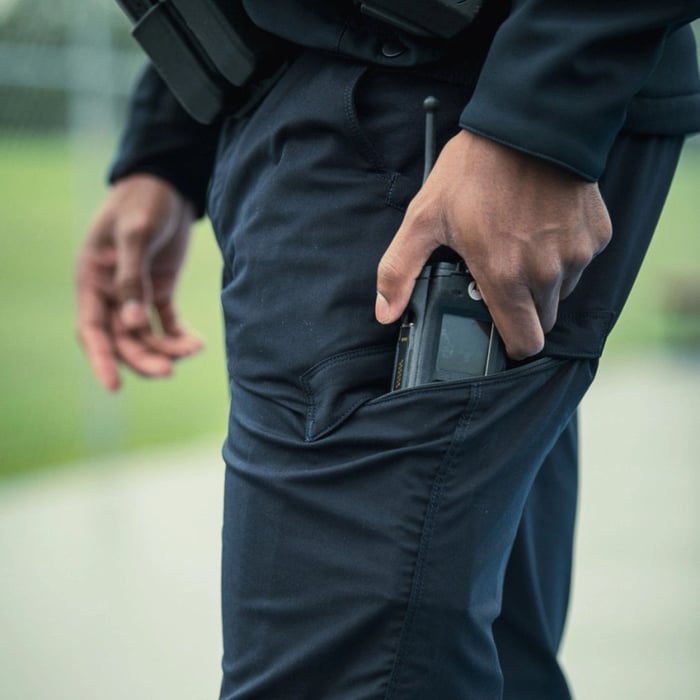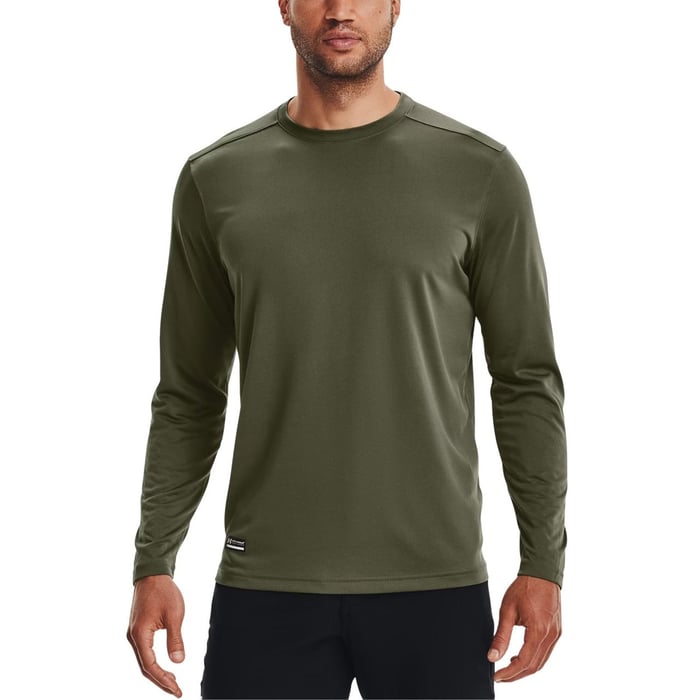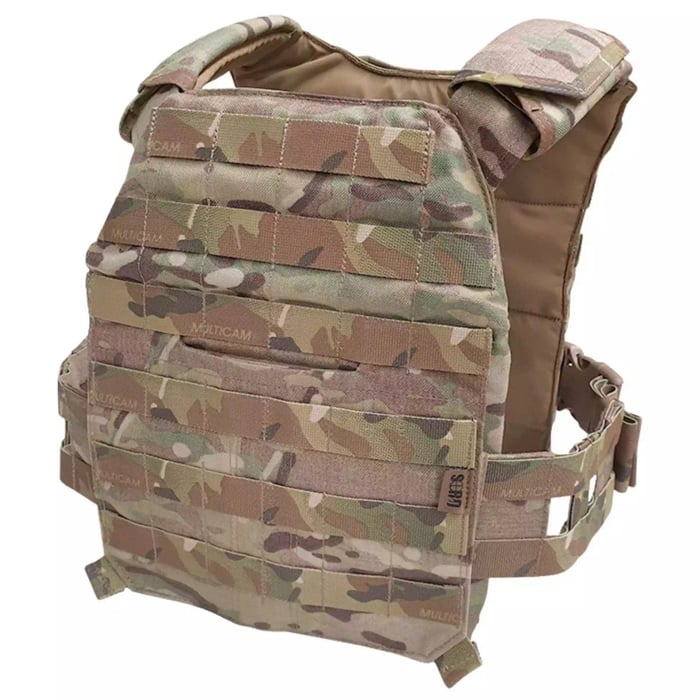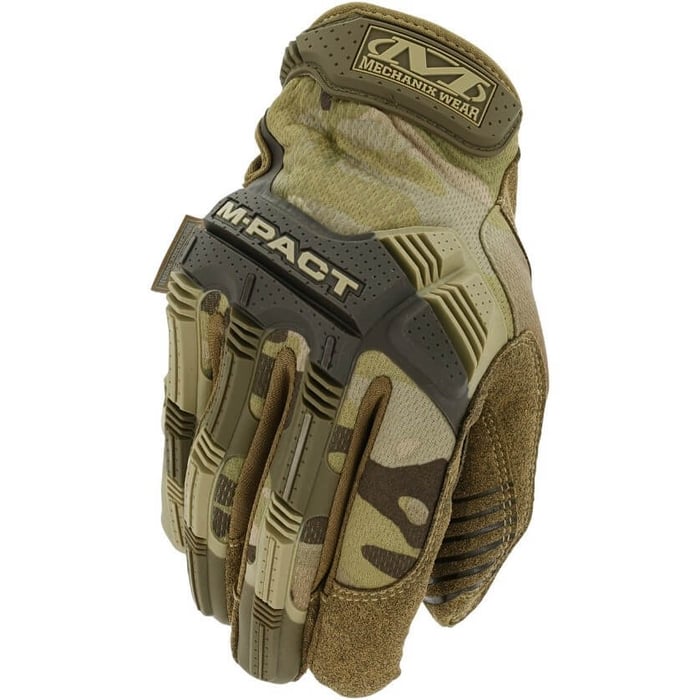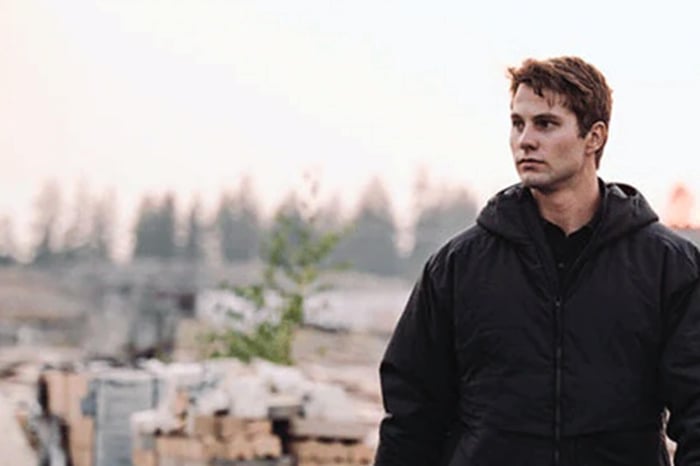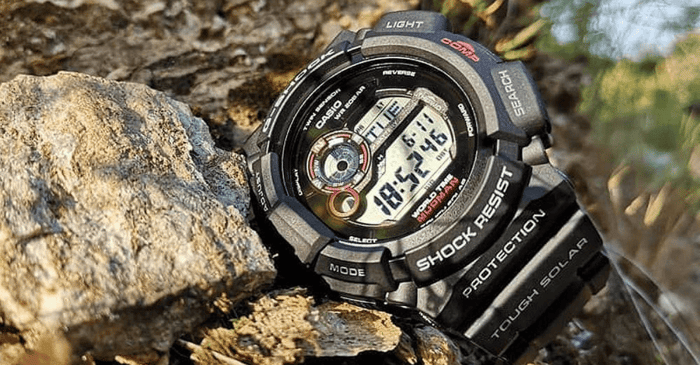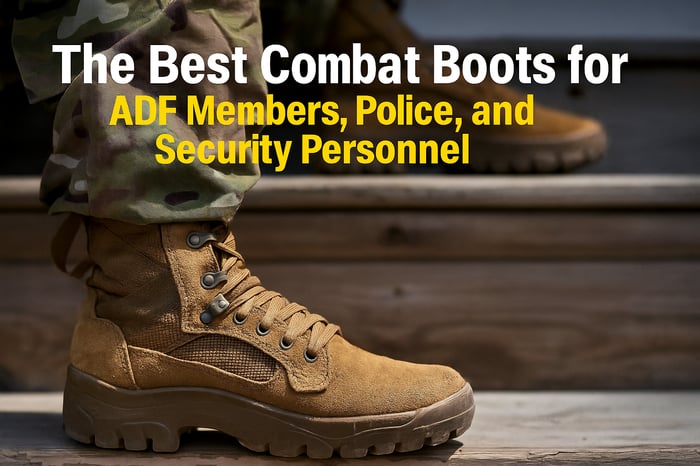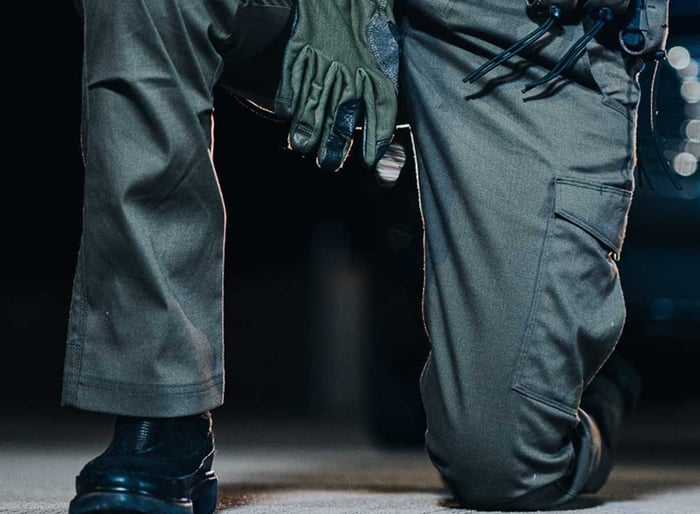
The Ultimate Guide to Tactical Outfits for Military and Law Enforcement
Frontline professionals depend on reliability, readiness, and ruggedness and that begins with what they wear. The right tactical outfits don’t just look the part: they enhance mobility, comfort, and safety in demanding environments. Whether for field operations, patrols, or training, your tactical attire can mean the difference between fatigue and focus, hesitation and precision.
In this guide, we break down the essentials of tactical clothing from tactical pants and tactical boots to tactical jackets, tactical shirts, tactical vests, and tactical belts and show how to select, maintain, and maximise their performance for military and law enforcement roles.
What Makes a Tactical Outfit Essential for Military & Law Enforcement?
Tactical clothing is engineered to meet the physical and operational demands of soldiers, police officers, and security professionals. Each garment and accessory is designed to withstand extreme conditions while keeping the wearer agile and mission-ready.
Key benefits of a tactical outfit include:
Enhanced protection: Durable, reinforced materials guard against abrasion, debris, and weather.
Operational efficiency: Strategic pocket placement allows easy access to essential gear.
Comfort and endurance: Breathable fabrics reduce fatigue during long shifts.
Professional presentation: Tactical attire maintains a polished, uniformed appearance.
A complete tactical outfit integrates seamlessly with equipment like body armour, communication systems, and weapon holsters ensuring performance without compromising safety.
Key Components: Clothing, Boots, Belts, Gloves, Accessories
1. Tactical Pants
The foundation of any tactical outfit, tactical pants combine ruggedness with flexibility. Look for options with reinforced knees, multiple utility pockets, and ripstop or stretch fabric.
Pro tip: Choose neutral colours (black, coyote, khaki, or navy) to match service requirements and avoid visual fatigue in the field when you put together tactical outfits.
2. Tactical Shirts
A proper tactical shirt balances durability with ventilation. It should wick sweat, resist wear from vests, and move with the body.
Types:
Combat shirts: Moisture-wicking body with reinforced sleeves.
Patrol shirts: Polished finish for law enforcement or security use.
3. Tactical Jackets
The outer layer completes your tactical attire, shielding against the elements without restricting mobility.
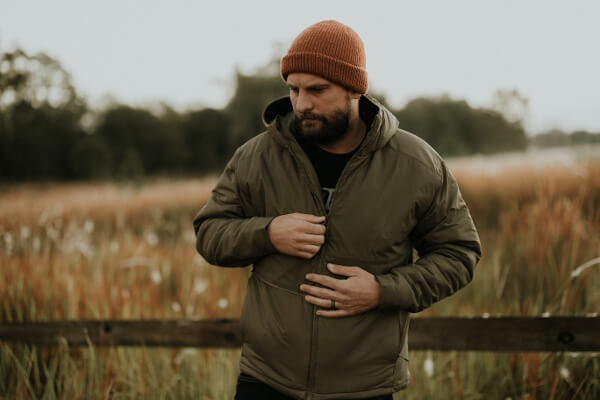
Features to prioritise:
Water and wind resistance
Zippered vents for temperature control
Reinforced elbows and seams
4. Tactical Boots
No tactical outfit is complete without durable tactical boots that provide traction, ankle support, and comfort.
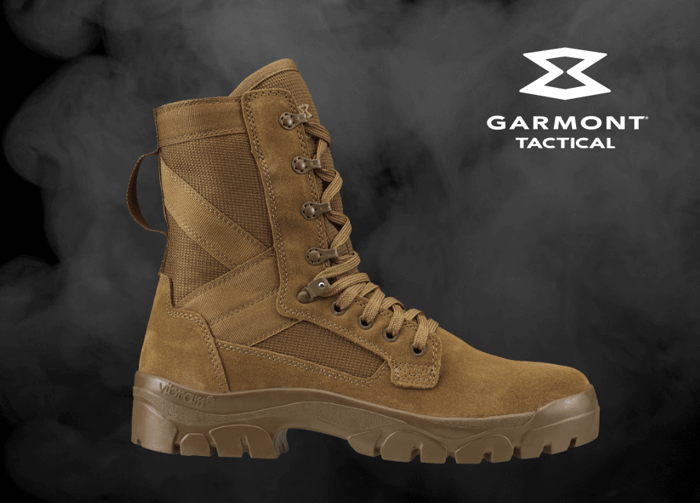
Pro tip: When selecting black combat boots for men, consider that they’re polishable for formal duties yet flexible enough for daily patrol use.
5. Tactical Vests
A tactical vest distributes weight evenly, keeps mission gear accessible, and integrates with armour or chest rigs.
6. Tactical Belts
A sturdy tactical belt supports holsters, tools, and pouches without sagging.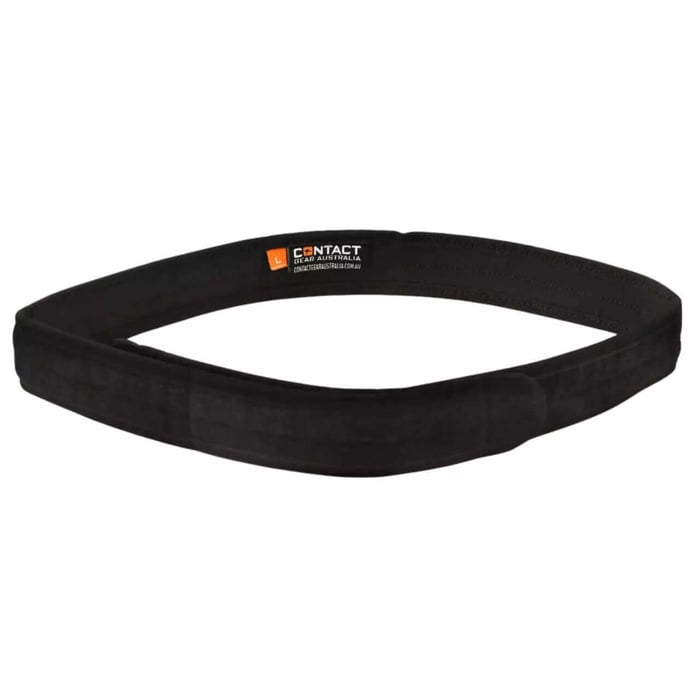
Pro tip: Pairing an inner duty belt with an outer tactical belt gives greater stability and versatility.
7. Gloves and Accessories
Accessories like gloves, knee pads, and headwear round out a professional tactical outfit. Gloves protect hands without compromising dexterity — a must for handling weapons or tools in the field.
Material & Durability: What to Look For
Fabric Choices
Ripstop nylon or polyester: Resistant to tearing and abrasion.
Cotton blends: Comfortable but best for temperate conditions.
Softshells: Water-resistant outer layers with internal warmth.
GORE-TEX: Premium waterproofing for jackets and boots.
Stitching and Reinforcement
Double or triple-stitched seams extend garment life. Reinforced elbows, knees, and seat panels are critical for those frequently kneeling or crawling during operations.
Hardware and Fastenings
Opt for YKK zippers, heavy-duty snaps, and Velcro closures that can withstand repetitive movement. Quality hardware ensures reliability when it matters most.
Top Tactical Outfits by Role (Military, Police, Special Ops)
Military
Tactical pants: Ripstop combat pants.
Tactical shirts: Moisture-wicking combat shirts with reinforced sleeves.
Tactical boots: Garmont T8 Coyote — designed for ADF conditions.
Tactical jackets: Lightweight softshell for field operations.
Tactical belts: Cobra or reinforced nylon for gear carriage.
Why: Prioritise camouflage, comfort, and durability for deployment and training environments.
Police
Tactical pants: Black or navy stretch-fit trousers.
Tactical shirts: Professional button-ups or polos under ballistic vests.
Tactical boots: Polishable side-zip options for quick response.
Tactical vests: MOLLE-compatible carriers with ID pouches.
Tactical belts: Inner-outer setup for holsters and radio clips.
Why: Law enforcement needs a balance of professional appearance and utility for urban and patrol use.
Special Operations / Security
Tactical attire: Blended fabrics for mobility.
Tactical jackets: Weatherproof and breathable.
Tactical vests: Lightweight, flexible plate carriers.
Tactical boots: Lightweight, slip-resistant tactical footwear.
Why: Covert or private operators need adaptable, discreet gear with rapid access to equipment.
How to Maintain Your Tactical Outfits for Longevity
Maintaining your gear ensures performance and extends lifespan. This is critical for professionals who depend on reliability. Regular care ensures that every component of your tactical outfit performs as designed when conditions are toughest. Dirt, moisture, and neglect can quickly break down fabric coatings, weaken stitching, and reduce water resistance or flexibility.
1. Regular Cleaning – Follow care instructions on tags. Avoid harsh detergents that strip water-repellent coatings.
2. Proper Storage – Hang jackets and pants; keep boots aired and dry.
3. Inspection Routine – Check seams, zippers, and Velcro for wear. Replace when necessary.
4. Reproofing Outerwear – For waterproof garments, reapply DWR spray as needed.
5. Boot Care – Clean with a damp cloth, recondition leather, and dry naturally (never near heat).
For professionals in military and law enforcement roles, reliability isn’t optional — it’s life-critical. When gear fails, performance suffers. Well-maintained equipment ensures comfort, safety, and confidence in every mission. It’s this attention to detail that separates dependable tactical attire from disposable clothing, ensuring your kit remains mission-ready for years to come.
Field Checklist — Is Your Tactical Outfit Ready?
✅ Boots fit with duty socks; laces/zip lockouts secure (see Boot Guide)
✅ Pants permit kneeling/climbing without pull
✅ Shirt breathes under armour; no hot spots
✅ Jacket packs small but sheds wind/rain
✅ Belt and vest distribute weight without hip pinch
✅ Colours and polishable elements meet agency policy (ADF/Service dress)
Ready to build your perfect setup? Explore Tactical Outfits and Gear including premium tactical pants, tactical shirts, tactical jackets, tactical vests, tactical boots, and tactical belts designed for the toughest missions.
FAQs
What Should I Look for in a Complete Tactical Outfit?
Choose gear that combines comfort, protection, and compatibility. Look for moisture-wicking tactical shirts, durable tactical pants, supportive tactical boots, and adjustable tactical vests.
How Do I Choose the Right Tactical Boots?
Ensure a snug fit with ankle support and cushioning. For military tactical boots, prioritise rugged soles; for police, go for lightweight side-zip tactical boots.
Are Tactical Outfits Only for Professionals?
Not at all. While designed for military and law enforcement, tactical attire is increasingly popular for outdoor, security, and survival enthusiasts due to its durability and practicality.




